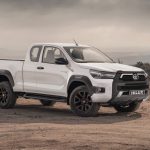OpenAI has launched GPT 5.2, a major model upgrade now available in both the API and ChatGPT. It is described as the company’s most…
Review: Ford Everest 2.0 Sport 4×4
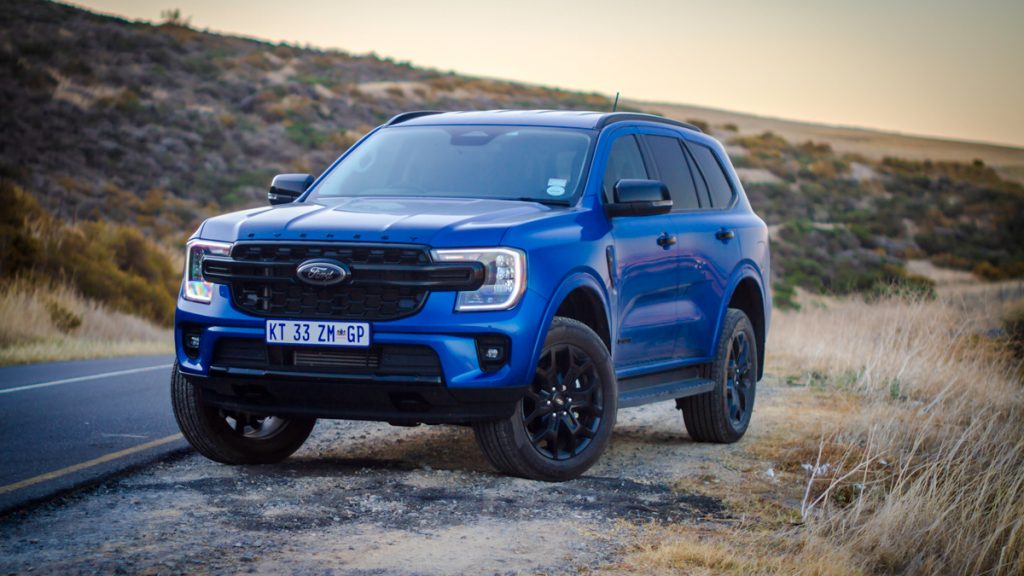
Everest 2.0 Sport is the contemporary option for Ford’s most loyal followers, who have families. And a sense of driving adventure, which includes wilderness exploration.
It is also symbolic of how much the American car company’s product portfolio has changed.
Ford has dramatically changed its global business over the last few years. Most of those changes relate to the company’s passenger car division, which no longer exists.
Mustang remains the sportscar of choice for Ford enthusiasts, but there aren’t any of the legacy family cars left: Fiesta, Focus… They’re all gone. And with good reason. Ford’s profits come from bakkies and SUVs. That is why Ford’s South African product portfolio is so leveraged towards Ranger and Everest.
It is a strange irony of progress, but Ford’s most expensive and luxurious passenger car, is now an SUV: Everest 3.0 V6 Platinum. The seven-seater version of Ford’s latest T6 vehicle platform competes against Toyota’s Fortuner.
Ford would like you to believe that Everest is positioned as a rival to Land Cruiser Prado, but that’s a ridiculous marketing fallacy. Everest is an evolution of the Ranger bakkie platform, just as Fortuner is related to Hilux.
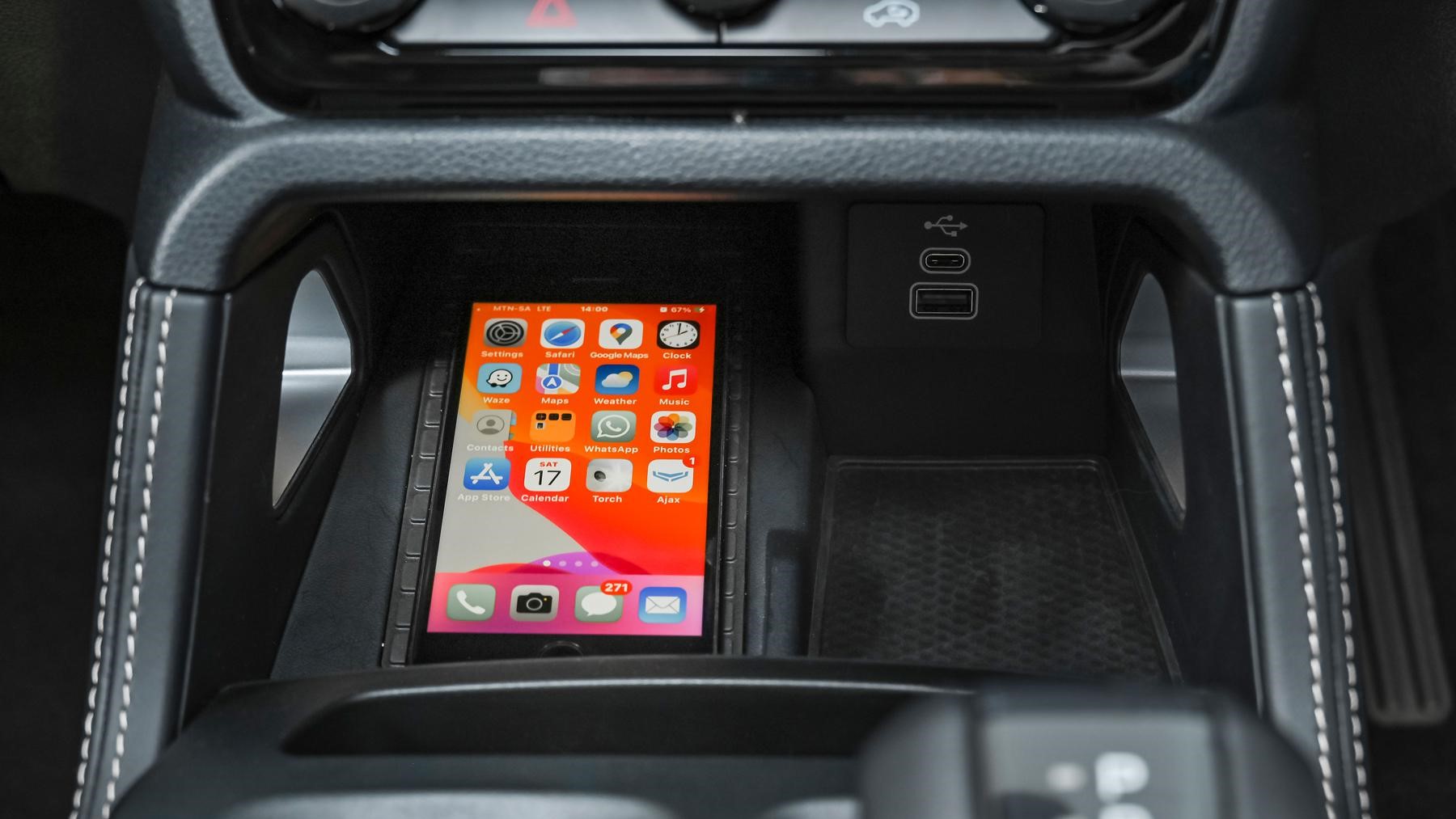
Futuristic Ford design
After spending a week testing the Everest 2.0 Sport, is the 3.0 V6 Platinum a touch too much SUV for the South African context?
Design is important and with its dramatic C-shaped headlights, boxy portions and clean surfacing, there’s no question that Everest has a lot of road presence.
It is unquestionably the better-looking vehicle, compared to Fortuner. That theme continues inside, where the Ford offers cleverer third-row seating manipulation and better space utilisation. All-round driver visibility is superior, too.
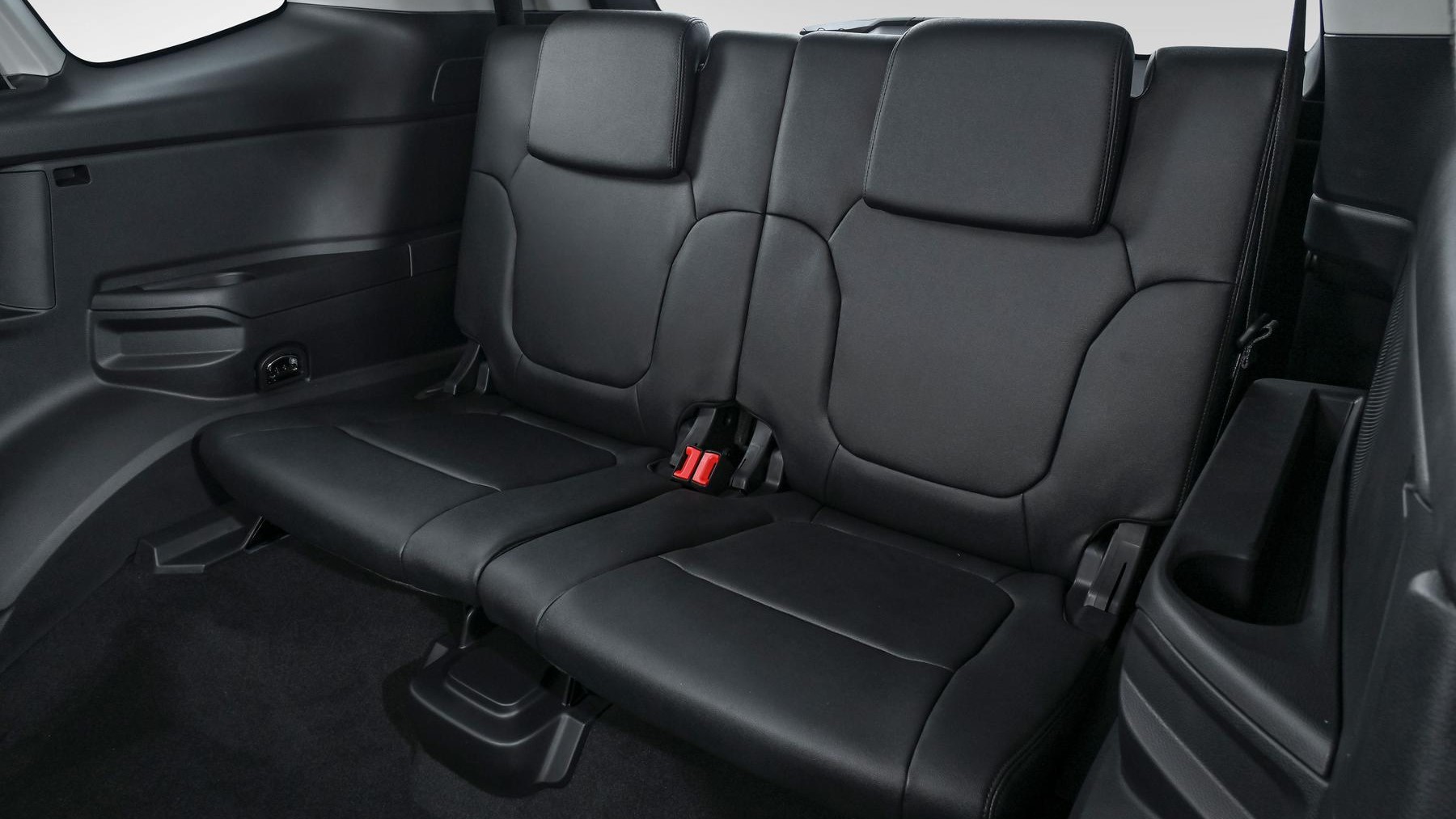
Big, comfy cabin
The third-row seating is easy to access from the front. And when not accommodating passengers, those seats fold flat to make for a usable load surface.
Teenagers and adults aren’t going to be happy on journeys of more than half an hour in the third row. The intention of those sixth and seventh seats is for kids. And they work great at accommodating them.
Luggage space is good, too – as you would expect for a vehicle of this size. With the third-row seating in use, there is 295-litres of luggage capacity. If you fold those rearmost seats flat, it increases to 898-litres.
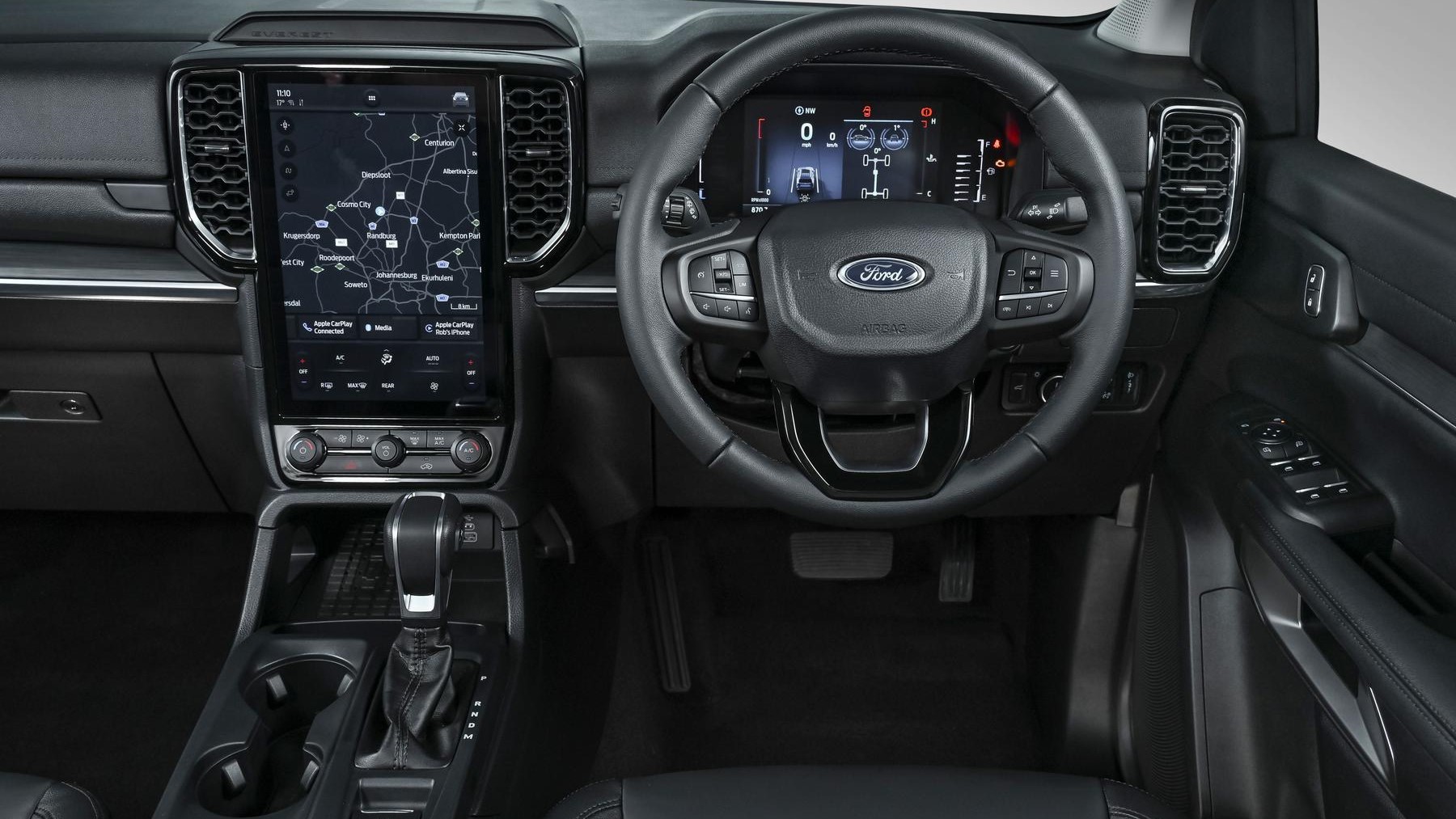
Everest 2.0 leads with UX
And then there’s the UX interfacing and general ergonomics. Everest is the newer vehicle, and predictably has better ergonomics and digitisation than Fortuner.
Ford’s retained physical controls for HVAC and certain infotainment functions. This is very sensible for a vehicle that might journey many dirt road routes. Bumpy road surfaces can make interacting with a touchscreen interface maddeningly frustrating.
The distribution of HVAC, drivetrain and infotainment functions between touchscreen icons and physical buttons, is logical and an example of considered UX design.
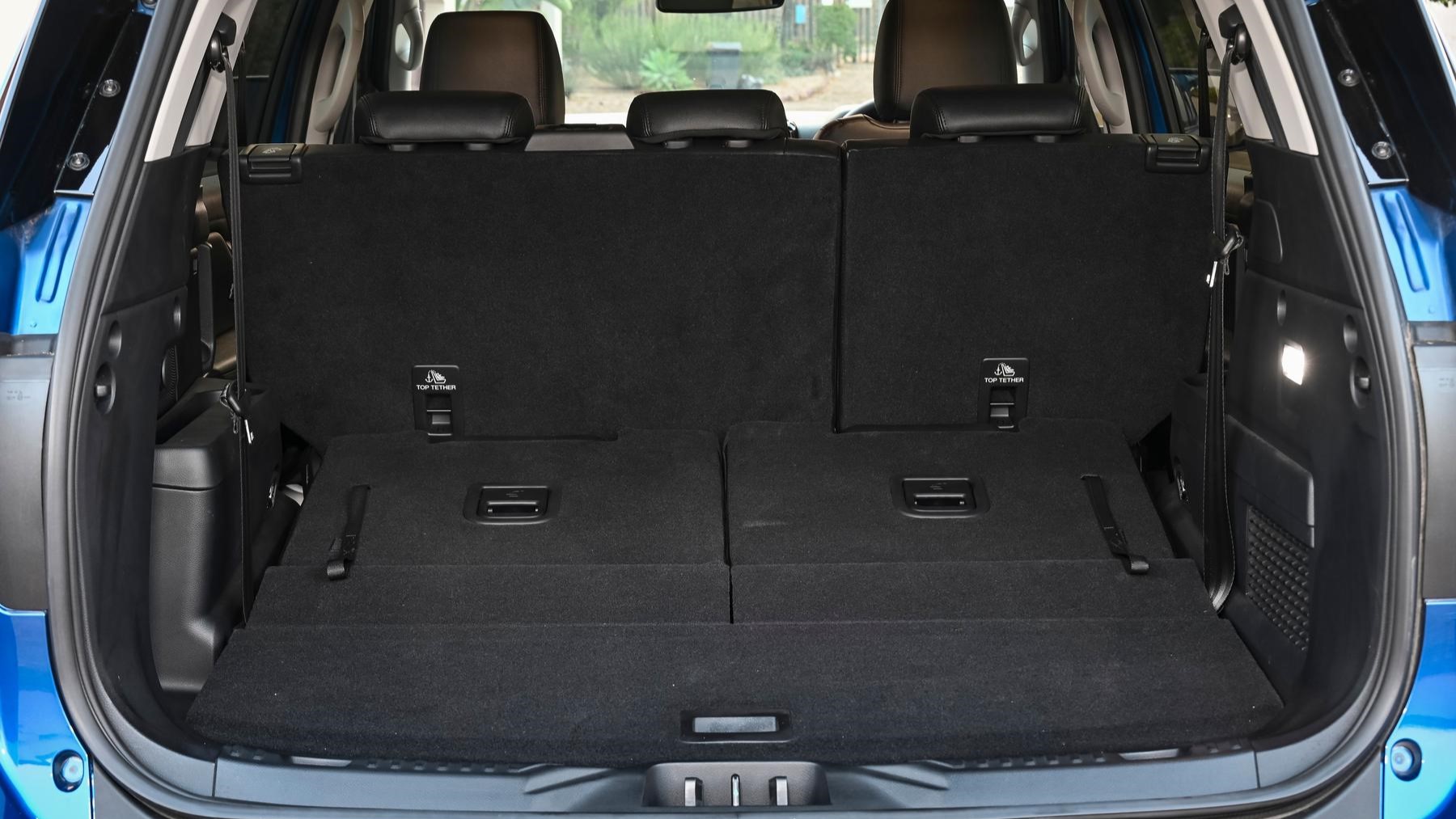
Responsive and agile
Striking design, a welcoming and comfortable cabin and great digital interfacing. But what’s this latest Everest like to drive?
Perhaps the biggest compliment you could ever pay an SUV designer, is to say their vehicle feels smaller to drive, than it is to look at. And this proportional paradox is true with Everest.
It’s a huge seven-seater station wagon 4×4, measuring 4.91m bumper-to-bumper. But the electric power steering and suspension geometry make it feel a lot more agile when negotiating urban routes.
Excellent driver visibility helps to create confidence, placing the Everest. You always have a clear sense of where those vehicle corners are, relating to other road users and driving infrastructure.
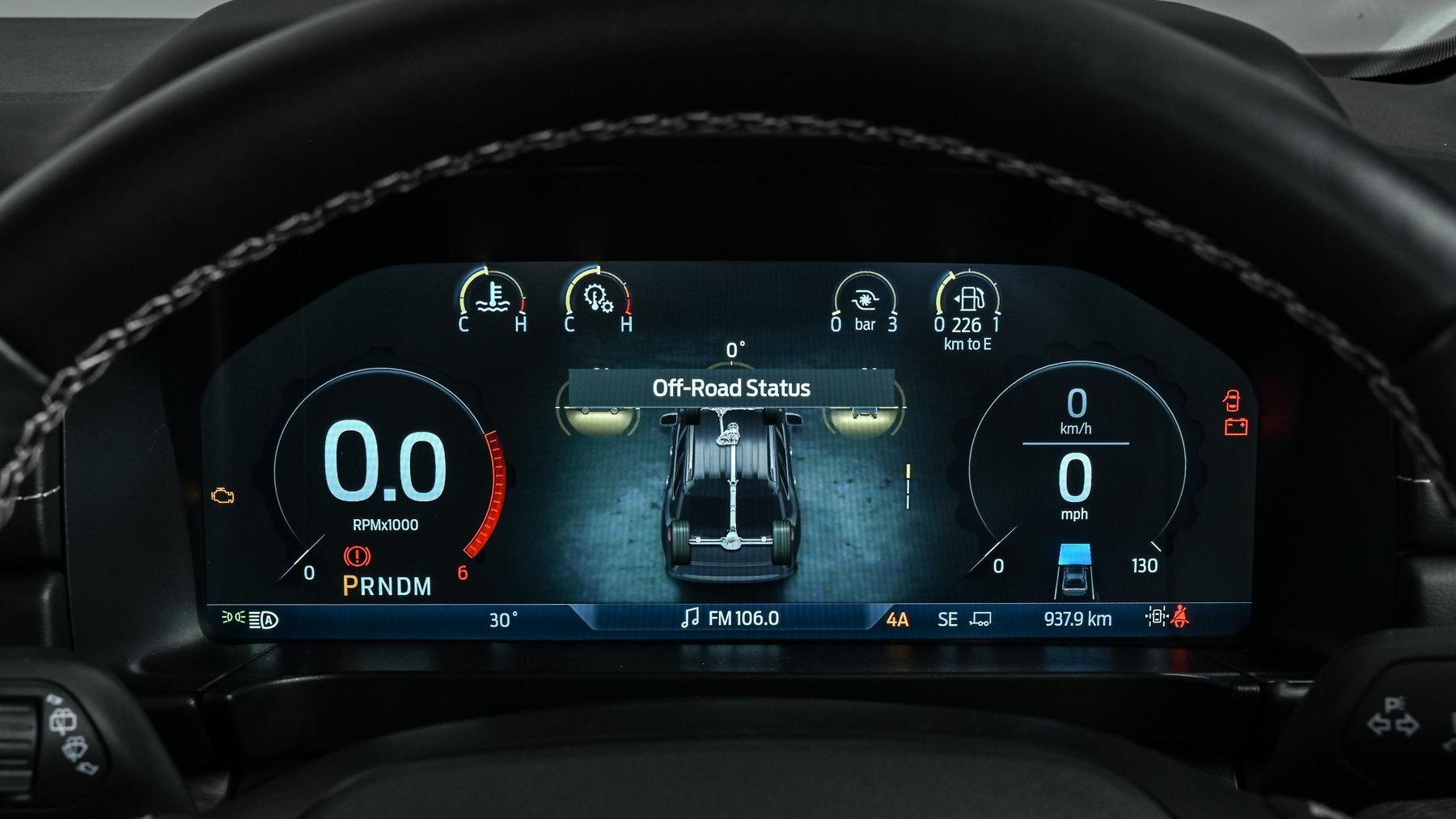
Confident cruiser
At highway cruising speeds Everest 2.0 Sport tracks very accurately, even when road surfaces deteriorate.
It is evident that Ford’s engineering team has spent a lot of resources on dynamic stability. Ladder-frame vehicles, like Everest, can become quite ‘busy’ on poorly surfaces roads – which are the default for everything driving surface in South Africa, that isn’t a toll road. It’s the result of having a body mounted on a steel frame, instead of a unitary vehicle structure.
But Ford uses a Watts-link on the rear axle, to counter lateral oscillation. That means you get all the durability and robustness of a ladder-frame SUV, when traversing corrugated dirt roads and off-road terrain. Without too much of the waywardness and numbed steering trim at high speeds.
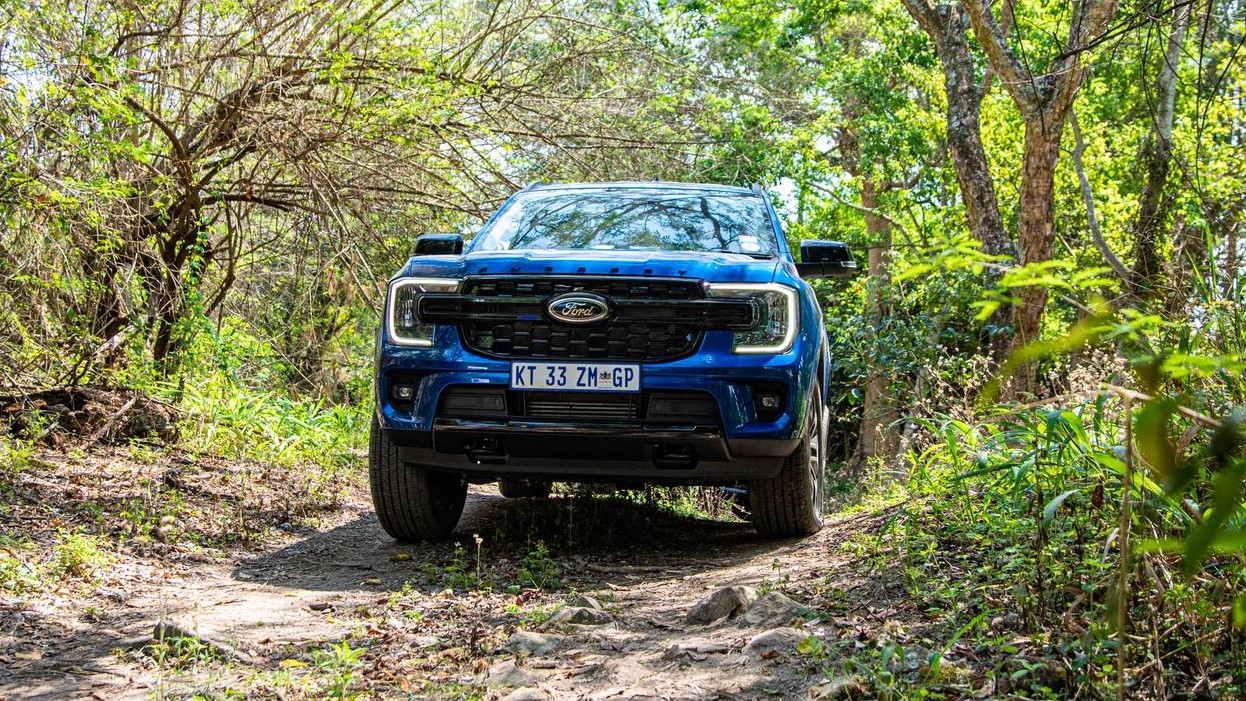
The 4×4 credentials are there
Off-road? The traction assistance systems are excellent and with 229mm of ground clearance, Everest’s aptitude for conquering technical off-road terrain is credible.
It has 4mm more ground clearance than Fortuner, and 1.3-degrees better approach angle. The Ford SUV’s vulnerability is at the rear. Its sheer size creates a 21.9-degree departure angle, making it more vulnerable than Fortuner’s 25-degrees.
Let us be realistic: few owners will test its off-roading geometry in extreme terrain. The Everest is effortlessly capable of sand driving and climbing long shale surface jeep tracks to an exclusive AirB&B mountain venue.
Skilled 4×4 drivers can easily pilot it over technical grade 4 trail features, too, but you’d want to be rolling less road-biased tyres for that.
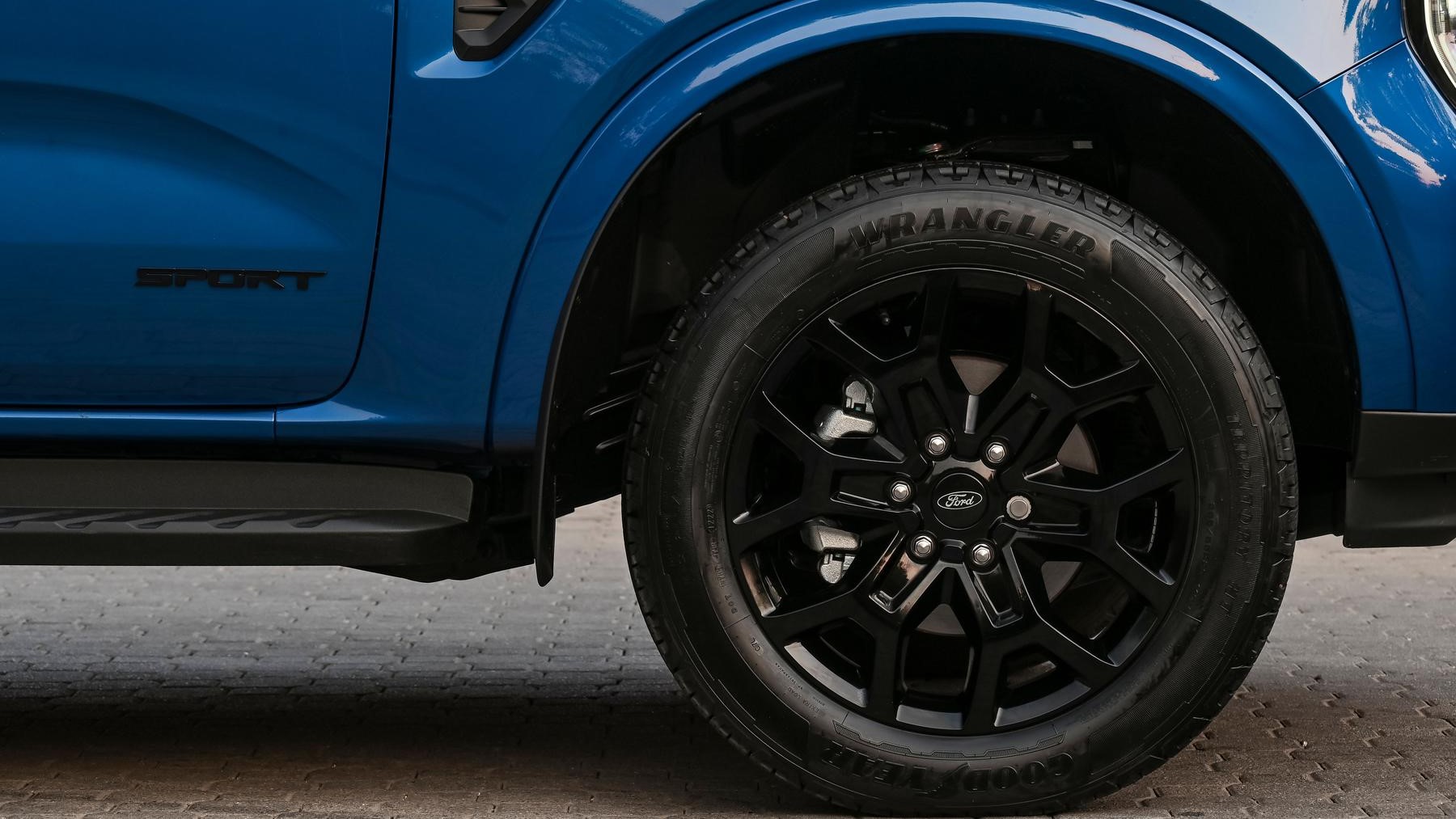
Everest 2.0 works best with 18s
The only 4×4 driving limitation is its road-biased tyres. If you want to be intelligent with your Everest 2.0 Sport specification, disregard the 20-inch wheels and tick the 255/65/R18 all-terrain tyre option box.
Smaller wheels might not have the styling statement of those 20s, but the larger volume tyres will deliver much better ride quality on tar, and bring all Everest’s off-road driving potential to bear.
If you are in the market for a seven-seater SUV with real all-terrain ability, the market offers four options: Everest, Fortuner, Mitsubishi’s Pajero Sport and Isuzu’s MU-X. The latter two have less powerful engines than either the Fortuner or Everest.
Ford’s newer design and better cabin ergonomics, not to mention its excellent digital interfacing, make for a compelling purchasing argument.
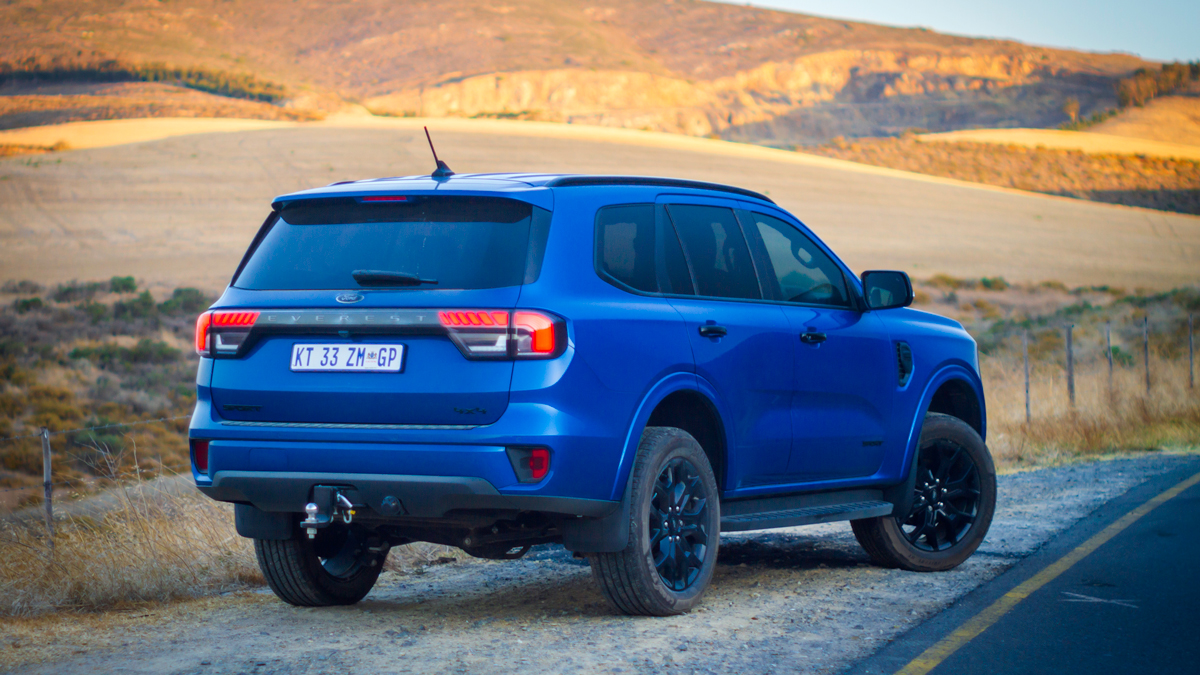
Choose the smaller wheels
But which Everest should you buy? The current range is very narrow, effectively offering our Everest 2.0 Sport test unit and the V6 version.
Ford’s 3.0 V6 Platinum version is powerful and luxurious, but its huge wheels defeat the apex Everest’s all-terrain ability. Truth be told, unless you are travelling everywhere with your Everest 3.0 V6 fully laden or towing something, the V6 engine’s power and torque outputs aren’t that much of a thing.
The Everest 2.0 Sport is clearly the more sensible buy at R965 400. Its powertrain and tyre specification is more relatable to everyday driving on textured South African roads. Not to mention the R147 700 price difference between the 2.0 and 3.0 V6 versions.
Everest 2.0 Sport is the best family car Ford sells in South Africa. Just remember to order one with the 18-inch wheels, instead of those 20s.
